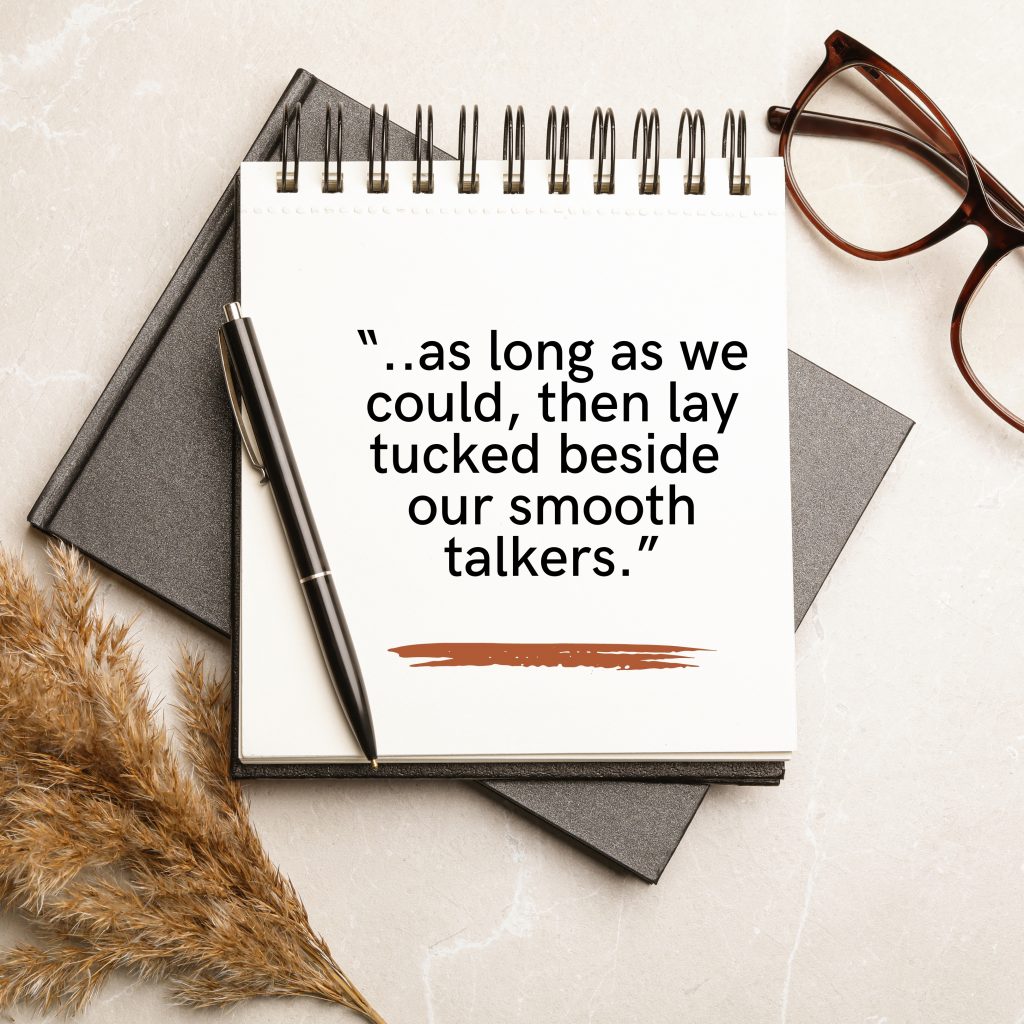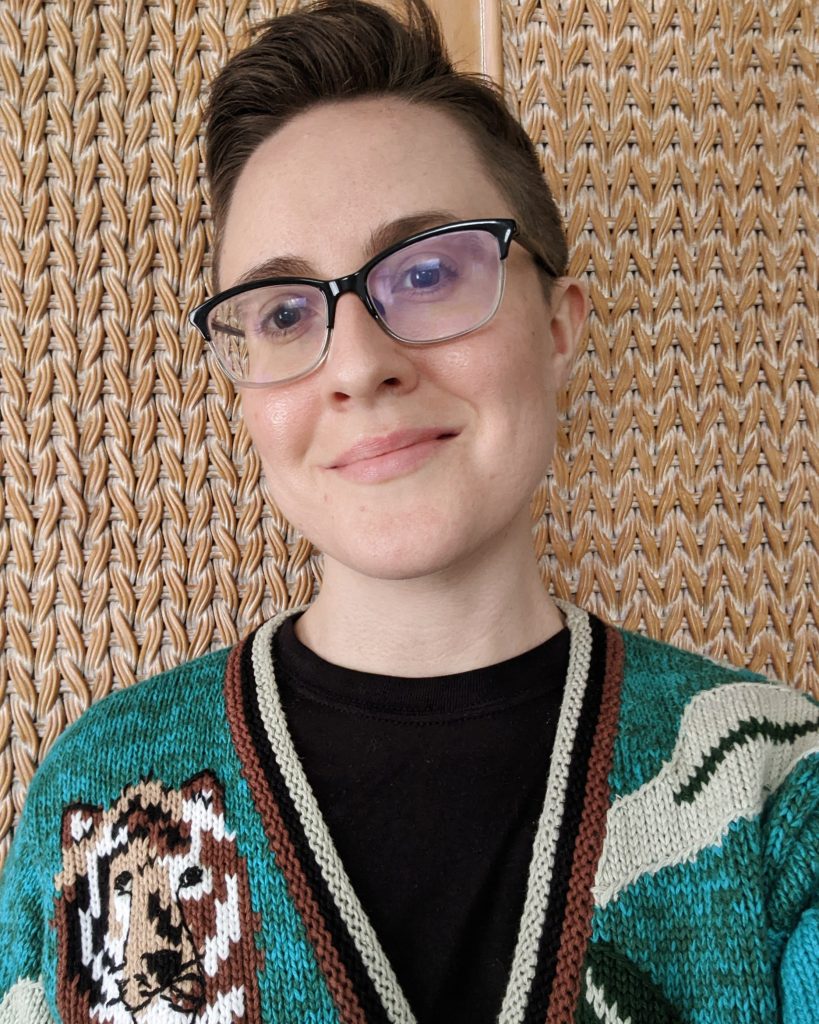The Many Beds of Martha Washington Review
In The Many Beds of Martha Washington, Nance Van Winckel takes the reader on a journey through the human condition—the stories we tell ourselves to make meaning out of beauty and suffering, the fleeting yet lasting impact of our existence.

The Many Beds of Martha Washington is Nance Van Winckel’s ninth book of poetry, published by Lynx House Press in 2021. Only one poem in the book mentions the historical figure. Martha Washington is perhaps most well-known as the wife of the first President of the United States, George Washington. Her first husband, Daniel Parke Custis, was a wealthy man who enslaved hundreds of people across his holdings.
A number of these enslaved people were transferred to Martha after his death, and she did not emancipate any of them during her lifetime. Although she often stands as a revered historical figure, much of her family’s wealth and success was built on the generational, lasting violence of enslaving hundreds of people.
In “Martha Washington Slept Here,” the deep violence of this history is masked by “bright duvets / depicting flowery new centuries.” The speaker moves through a room once inhabited by Washington herself and imagines what small, everyday experiences they both might have shared in this space, how they both must have watched the sunset “as long as we could, then lay tucked beside / our smooth talkers.”
The distinction between past and future bleeds together and becomes insignificant; the innocuous present and the brutal past share the same space. These moments are the “many beds” referenced in the title–the brief places we rest in time, and how we share them with others, both living and dead.
Sometimes we view the past itself as a kind of indecipherable or irrelevant language, that we are somehow separate from what has come before us. In “Past Life Reading: Record Keeping,” the speaker notes:
And when the house is finally opened and the tomb of records found, note the cuneiform numerals marking important dates of some former history that held you. Note: we can’t say when; their numbers are not our numbers.
But their numbers are our numbers, even if they are unrecognizable at first. In another poem, “Fist,” a fist becomes an embodied representation of how the effects of violence continue on through history, even after specific offenders have long since been buried:
The body lives on in the fist
even as a lid closes over it
and the ground tightens around it,
even as the eye that saw it last
swells, and the ear that felt it most
hears it hardest: deep in and far down
where sudden winds shift.
The speaker in these poems grapples with how the past, present, and future connect, and how our brief lives can have a profound ripple effect. The poem “Past Life Reading: Setting Out When the River’s High” is written in the second-person and narrates the speaker’s experience of how a seemingly small action can echo through time: “You’d pledged to leave no wake, make no wounds. A little lie-down in snow, and how quickly your angel became dusty shadow, then grimy sludge.” Good intentions can warp and descend into toxic behavior. Our impact on the world is inevitable, no matter how lightly we tread.
We often talk about our personal histories with a sense of distance and alienation—how many of us, when talking about our younger self, will talk about “the person I used to be” as if talking about another person entirely? Sometimes we make this other self a stranger, especially when there is pain or shame in our past.
There is a disconnect between us and our past selves but also our vision of ourselves in the future. In “Future Life Reading: The Satellite Bar,” the speaker encounters a future self who learns, “apparently suffering doesn’t enlarge the next life but shrinks it down instead. Your small self on a swivel stool.” We want to find a reason for suffering; if we didn’t deserve to suffer, we want it to still mean something, to have grown from it.
There is a joke that goes, “What doesn’t kill you gives you a set of unhealthy coping mechanisms and a dark sense of humor.” Much of how we move in the world is influenced by the story we tell about ourselves.

In this book, the speaker uses physical symbols to represent the experience of moving through time. Water, in particular, serves as a familiar metaphor for time. In the opening poem of the book, “At the Stream with Max Jacob,” the speaker communes with another historical figure. Jacob was a Jewish writer and painter who died in 1944 while a prisoner at the Drancy internment camp. The speaker walks with Jacob into the stream—a physical stream of icy water but also the stream of time that moves on whether we move with it. The speaker wonders when “The cold was supposed / to stop. Soon, he said.” The human mind finds a way to adapt to our circumstances when we cannot change them. We might get used to the cold of the icy stream, but the cold doesn’t really go away.
More September Articles
Read more of Trending Northwest’s September 2022 Issue articles below!
No posts
Time is a stream but also an ocean, a connected body that contains both past and future. In “Her Shore,” the speaker experiences pieces of the past as a list of broken items arriving on the waves:
“doll arm and doorknob, shoe heel and bike wheel, then a wire basket with four tiny bones inside—from a bird? A foot? More flotsam rides the far-off but ever-approaching waves. Their swoosh and scuttle followed by a here-you-are.”
When held like this—as still objects resting passively on the shore—the speaker can take a break from the relentless flow of time and the dual uncertainty and inevitability of what is to happen. As long as the tea tin rests inert on this shore, it means the kettle doesn’t have a reason to hiss, “horror hasn’t yet happened, or won’t.” This image echoes a familiar trope found in television and movies—the camera focused on a kettle hissing when tension is building, often toward violence.
How much of what we experience has been experienced by other people before us, people who have lived and moved in the same spaces we have? If time is an ocean, the living and dead exist in the same space and affect one another.
The final poem in the book, “Raccoon Eating a Wild Turkey,” is an unflinching narrative of a raccoon tearing off a wild turkey’s wings and chewing its bones. The speaker sees this event as “a grisly semaphore” of existence itself. A semaphore is a kind of visual language meant to convey complicated ideas in a few simple movements. Here, the raccoon devours a dying bird. In the poem “Evening Protocols,” a servant girl douses the candles in the windows of a house. In both of these poems, the figures are taking their time.
In these poems, “taking time” moves beyond its idiomatic meaning of moving slowly or leisurely. The figures in these poems are actively taking the time they have in hand. Time is less of a nebulous thing and more of a measure of how we interact with the physical world. We experience time, partly, by watching the physical world change. The servant girl snuffs out candles one by one, the raccoon devours its freshly-killed meal, the speaker smokes a cigarette and watches it turn to ash in the dark.
Danielle Weeks
Danielle Weeks is a poet living and working in Seattle. She earned her MFA from Eastern Washington University’s creative writing program. While there, she served as Poetry Editor for Willow Springs and also worked for the university press Willow Springs Editions. Her poetry has been published in The Gettysburg Review, Redivider, and Salt Hill Journal, among others.







